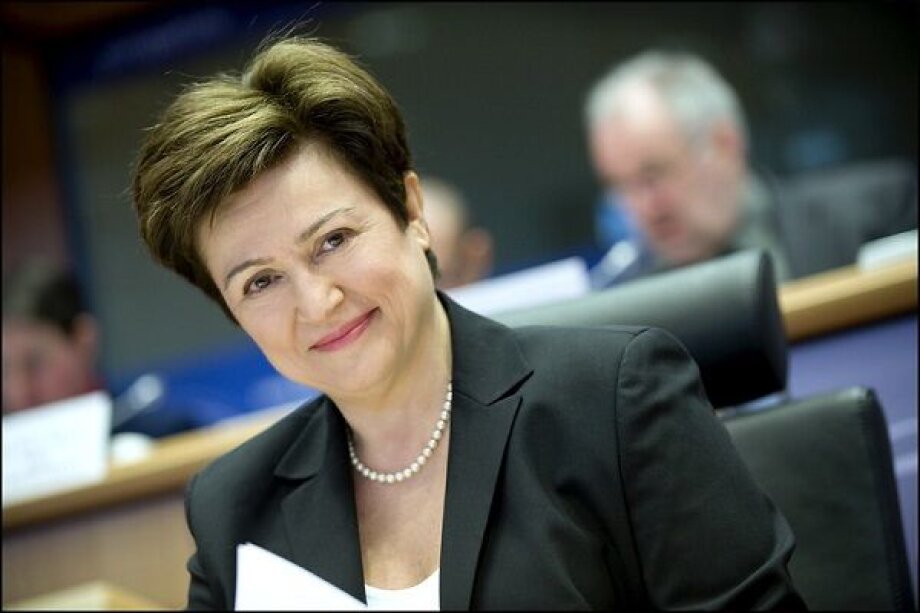IMF's study reveals €1.15 trillion gap in infrastructure investments in CEE compared to Western Europe


Ahead of the Three Seas virtual summit taking place in Tallinn on 19 October, the International Monetary Fund (IMF) has published a study that pertains to the region, highlighting the fact that countries in Central and Eastern Europe have a €1.15 trillion gap in infrastructure investments compared to Western Europe. In analyzing the study with IMF Managing Director Kristalina Georgieva and European Commissioner for Energy Kadri Simson, President of Estonia Kersti Kaljulaid said that the investment gap in the Three Seas countries, which results from their historical legacy, must be filled.
The IMF study analyzed the economic development of the countries in Central, Eastern and South-Eastern Europe (CESEE) and found that although they have achieved remarkable advances in the last 30 years, they first and foremost need to invest in infrastructure projects that connect the region – especially those that support digitalization, the smart economy and climate goals – in order to reach the level of more developed European countries, i.e. the EU15.
Georgieva said that given the findings of the report, the most important thing is to increase the involvement of the private sector and at the same time to enhance the transparency and quality of the planning and implementation of investments. “Transparency is of vital importance here,” she remarked, adding that there is a great deal of interest among the private sector in profitable, long-term investments.
President Kaljulaid said it is the region with the most rapid economic growth in Europe and that it is also attractive to private capital. “Since our level of development is lower than that of the EU15, every dollar or euro invested in our economies offers a higher investment pay-off,” she explained. “That makes our region a very competitive one.”
The Three Seas initiative brings together 12 EU Member States between the Baltic, Black and Adriatic seas: Austria, Bulgaria, Croatia, the Czech Republic, Estonia, Hungary, Latvia, Lithuania, Poland, Romania, Slovakia and Slovenia. Its key partners are Germany, the European Union and the United States.
(WBJ)